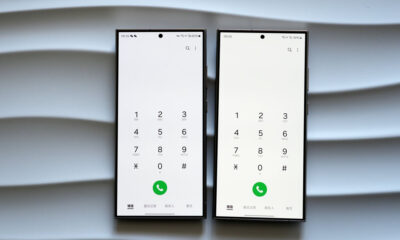Samsung
Samsung film features SUGA with The Freestyle 2nd Gen

On October 6th, Samsung officially released the 2nd generation brand film “The Freestyle,” a portable screen with “BTS” group member “SUGA,” through the company’s social media channels.
The video shows Suga, as a Samsung ambassador, freely using and enjoying The Freestyle 2nd generation product by reinterpreting it in his own style. In the video, Suga says that the freedom I think is “living my way.”
Follow our socials → Google News | Telegram | X/Twitter | Facebook | WhatsApp
Using Samsung The Freestyle how you want makes Suga’s freedom more meaningful.
Two weeks ago, Samsung announced that SUGA, in the film, emphasizes that “You’ve got the freedom to use The Freestyle anytime, anywhere. No others, only SAMSUNG!”
Watch the full video below and find out why SUGA defines freedom as “living the life you want.”
Samsung
Big Price, Small Storage: Samsung India shocks with 128GB Galaxy S24
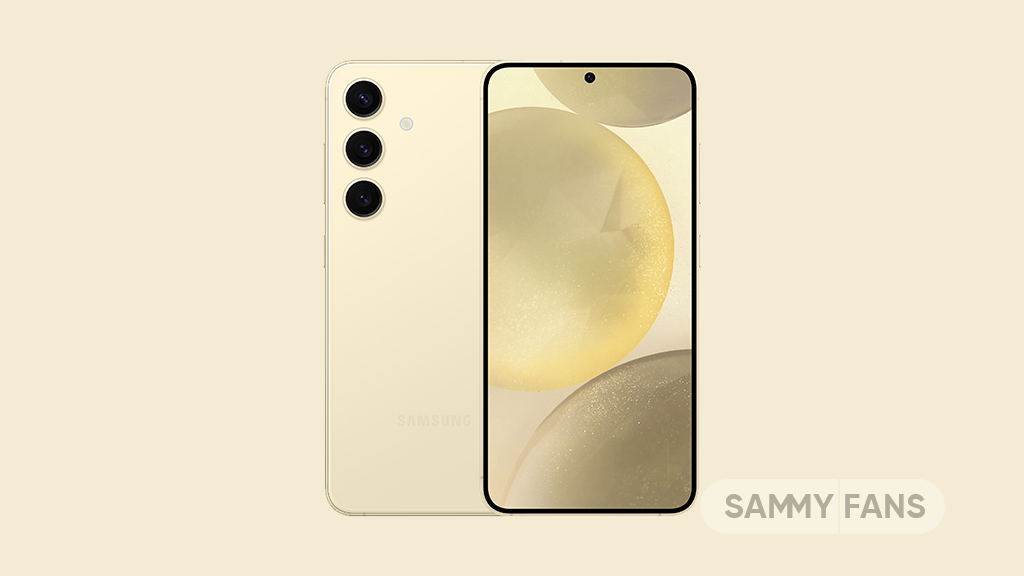
Samsung has introduced a new variant of the Galaxy S24 in India for those users who prefer less storage. The new Samsung Galaxy S24 model comes with 8GB RAM and 128GB storage and is priced at ₹74,999 in India. It is a good option for those who do not require higher storage capacities but the price is too high.
The 128GB variant of the Samsung Galaxy S24 is currently not listed on the official website or online stores, but it is expected to be available through offline retail channels shortly in India.
However, users can purchase the higher storage variants, which are priced at ₹79,999 for 256GB and ₹89,999 for 512GB.
Galaxy S24
Samsung Galaxy S24 features a 6.2-inch LTPO AMOLED screen with FHD+ resolution, a 120Hz refresh rate, and a maximum brightness of 2,600 nits, protected by Gorilla Glass Victus 2. The smartphone is equipped with an Exynos 2400 processor and supports up to 512GB storage.
On the back side, the camera system includes a 50MP primary sensor, a 10MP telephoto lens, and a 12MP ultra-wide lens, along with a 12MP front camera for selfies.
It has a 4,000mAh battery that supports 25W wired charging, 15W wireless charging, and 4.5W reverse wireless charging.
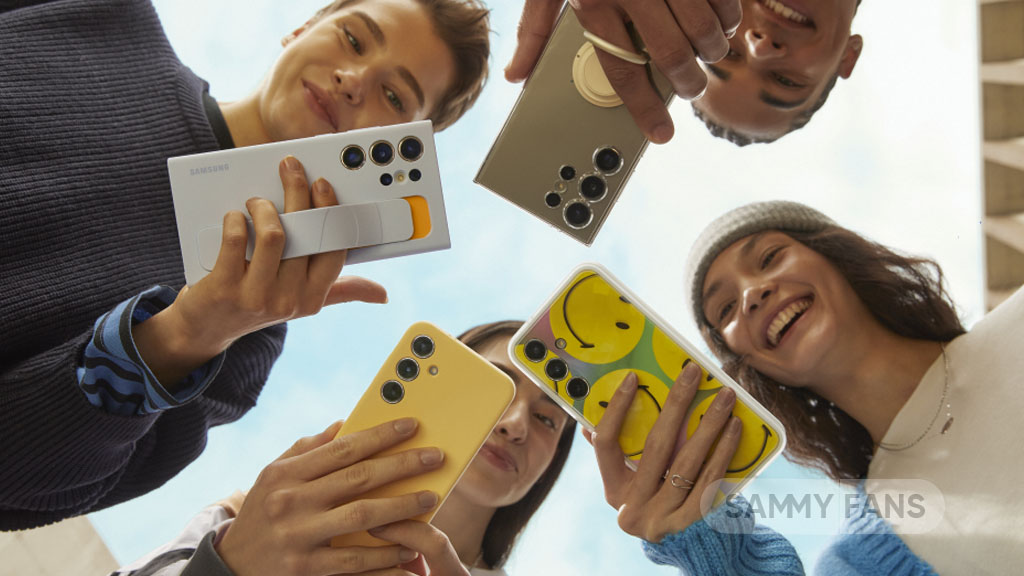
Stay up-to-date on Samsung Galaxy, One UI & Tech Stuffs by following Sammy Fans on X/Twitter. You can also discover the latest news, polls, reviews, and new features for Samsung & Google Apps, Galaxy Phones, and the One UI/Android operating system.
Do you like this post? Kindly, let us know on X/Twitter: we love hearing your feedback! If you prefer using other social platforms besides X, follow/join us on Google News, Facebook, and Telegram.
Samsung
Samsung patents display innovation for sharper, more efficient screens
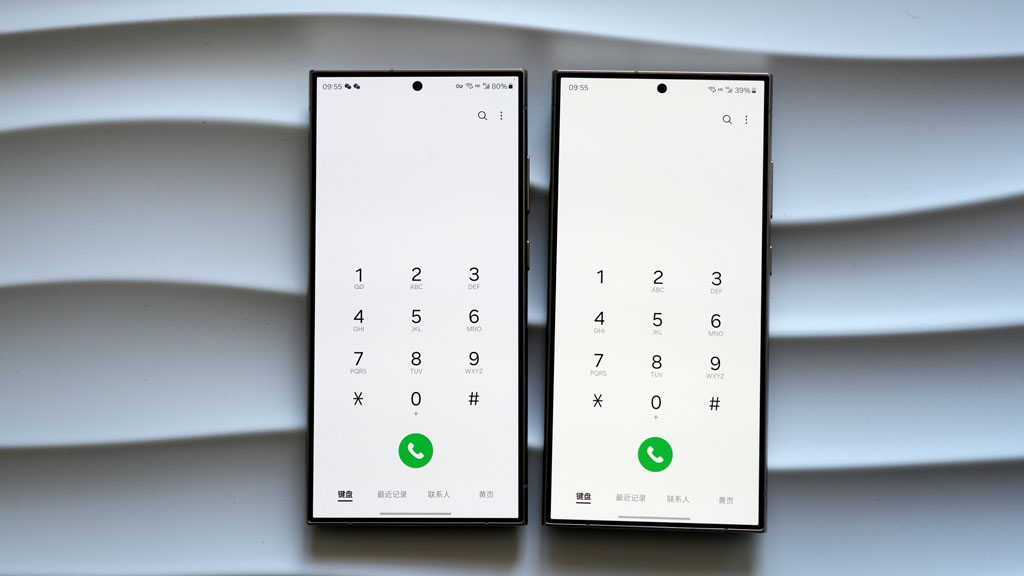
Samsung just got approval for a display innovation patent, which it applied to last year. United States Patent and Trademark Office (USPTO) recently published the Samsung patent, which was filed on April 30, 2023, with publication number US20240138190A1.
As Samsung continues to innovate, the Display division is about to bring a major breakthrough. The latest patent showcases display technology featuring a pixel circuit with a unique concave base layer design. It’s said to enhance capacitor integration for sharper, more efficient screens.
Here’s what the patent says:
The published patent showcases a display device that has a pixel circuit layer including a base layer and a pixel circuit disposed on the base layer, and a light-emitting element disposed on the base layer and electrically connected to the pixel circuit.
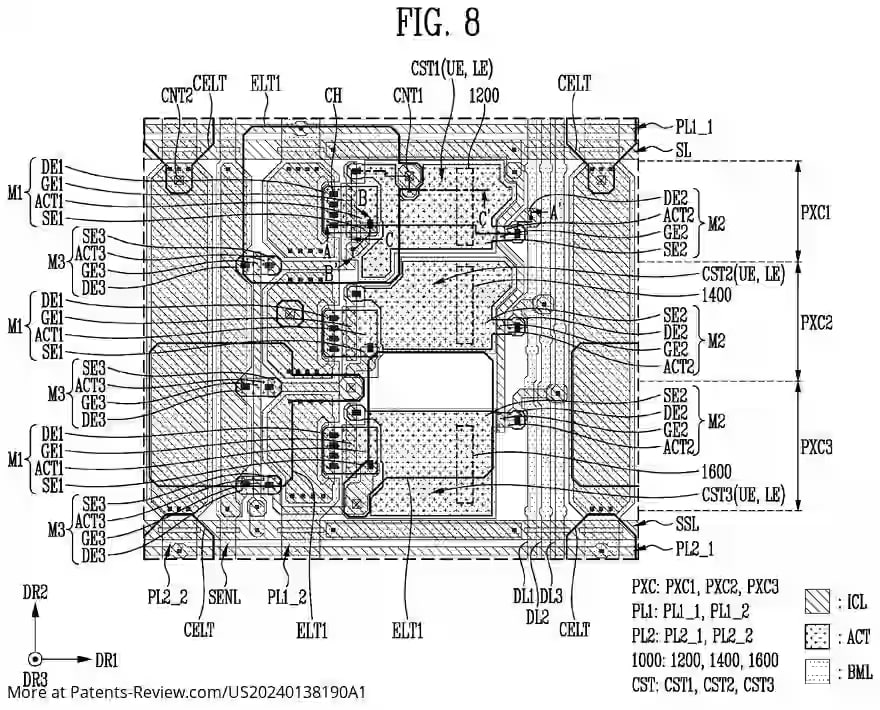
Image: PatentPulse / X
Pixel circuit retains a transistor and a storage capacitor including a first and second capacitor electrode, with the base layer including a concave portion. At least a portion of each of the first and second capacitor electrodes is disposed of in the concave portion.
Simply put, the display patent describes a new layout design that helps improve the overall performance and flexibility of the display device. As the patent took a year to be approved, we might hear more about it from Samsung during its display innovation summits.
Stay up-to-date on Samsung Galaxy, One UI & Tech Stuffs by following Sammy Fans on X/Twitter. You can also discover the latest news, polls, reviews, and new features for Samsung & Google Apps, Galaxy Phones, and the One UI/Android operating system.
Do you like this post? Kindly, let us know on X/Twitter: we love hearing your feedback! If you prefer using other social platforms besides X, follow/join us on Google News, Facebook, and Telegram.
Apps
Samsung Glance app just got better with new update
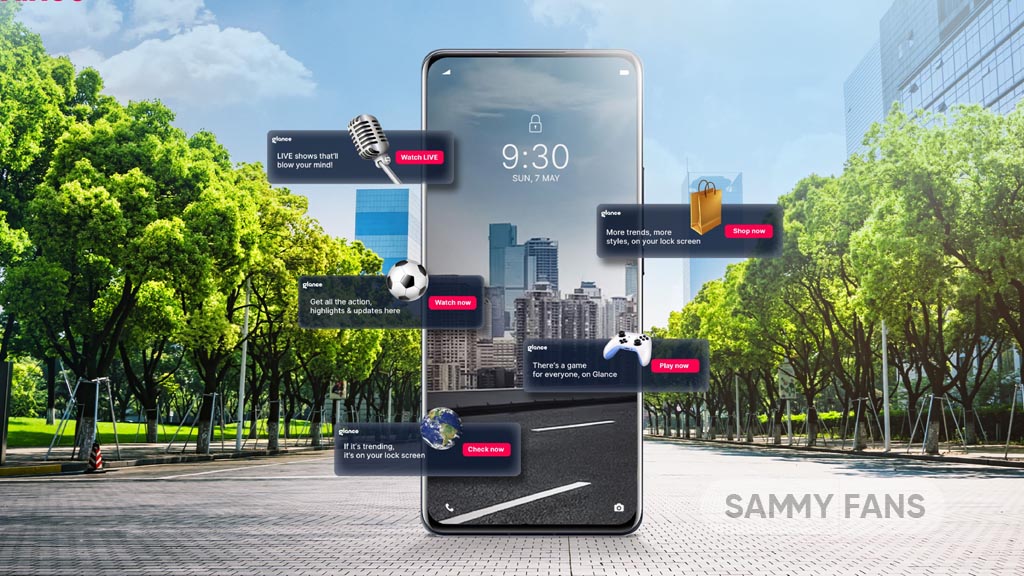
Samsung has rolled out a new update for its popular Glance app with version 2.3.04. This latest enhances user interaction with the app through functional improvements and bug fixes.
The update enhances some fucntions of the app for smoother transitions and quicker response times. In addition, it also fixes some issues that users encountered in the last update to improve the overall stability and reliability of the Glance app.
Samsung Glance app is known for providing quick and easy access to a variety of content right from the lock screen. With the latest update, the app is set to become more reliable and user-friendly.
We advise all users to download and install version 2.3.04 to enjoy the benefits of these latest improvements. To install the update, you just need to visit Galaxy Store >> Menu option >> Updates. Also, you can download it directly from the third-party app link mentioned here.

Stay up-to-date on Samsung Galaxy, One UI & Tech Stuffs by following Sammy Fans on X/Twitter. You can also discover the latest news, polls, reviews, and new features for Samsung & Google Apps, Galaxy Phones, and the One UI/Android operating system.
Do you like this post? Kindly, let us know on X/Twitter: we love hearing your feedback! If you prefer using other social platforms besides X, follow/join us on Google News, Facebook, and Telegram.



